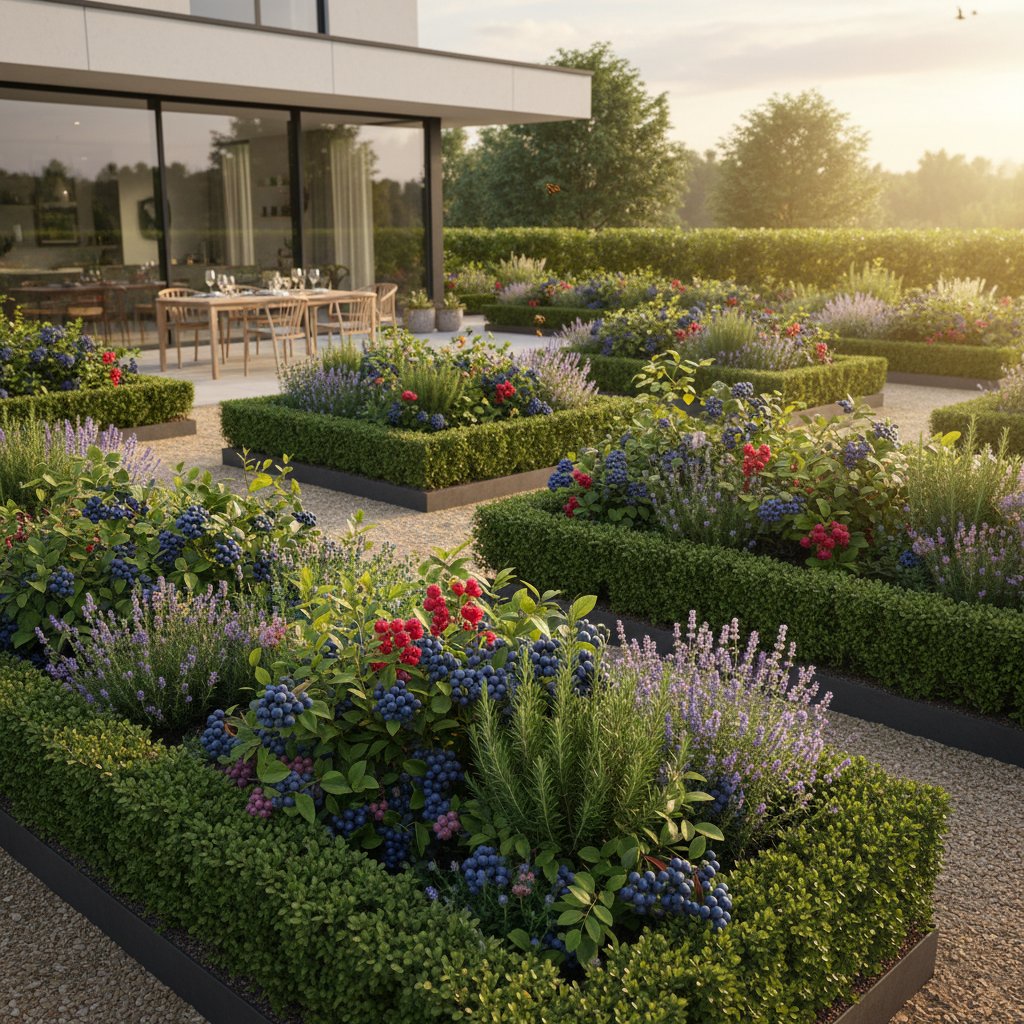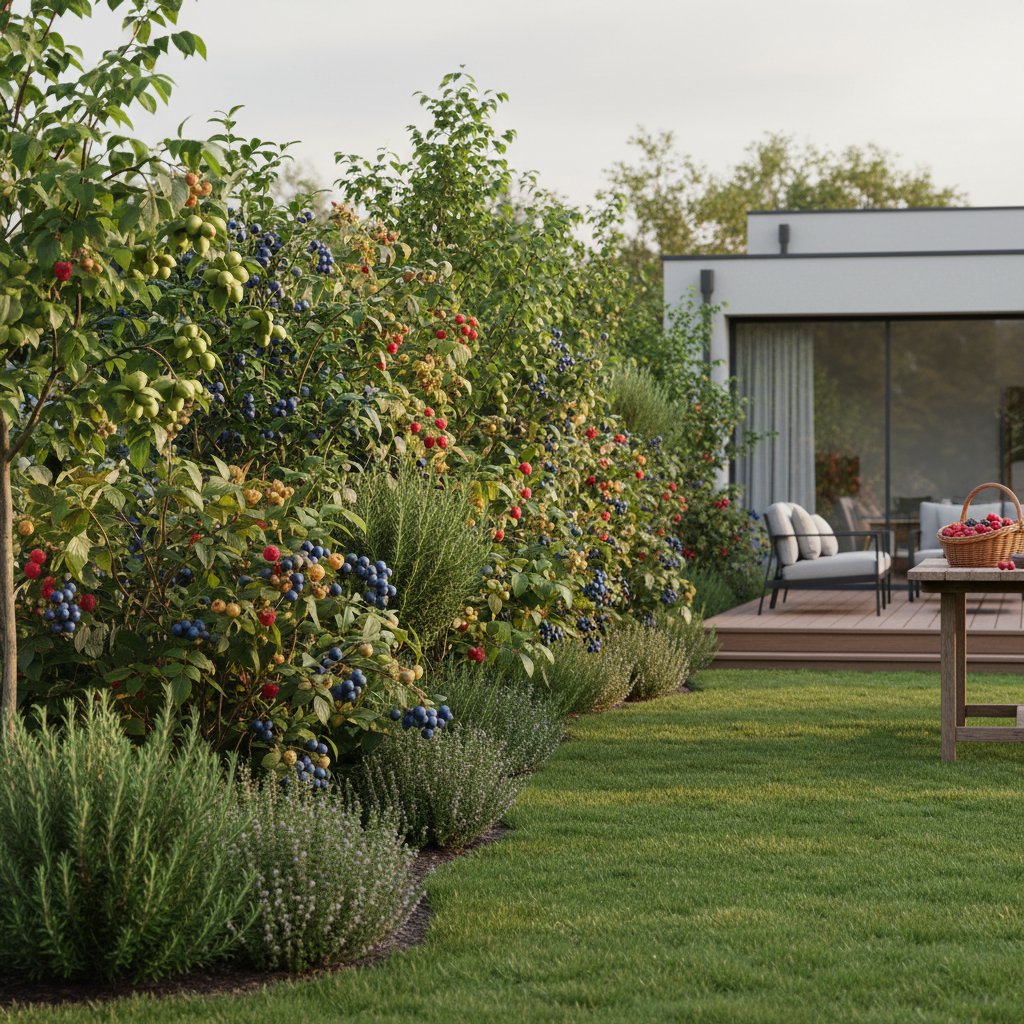Fruitful Borders: Edible Hedges for Seasonal Harvests
Gardeners often seek boundaries that provide privacy and structure. Yet these same edges hold potential to yield fruits, herbs, and nuts. Edible hedges transform property lines into productive features that blend visual interest with practical benefits.
Such hedges consist of plants forming natural screens while offering harvestable elements. Berries may ripen amid dense foliage, or aromatic herbs line pathways. Viewing hedges through this dual lens reveals opportunities to infuse landscapes with purpose.
Benefits of Edible Boundaries
Conventional hedges like boxwood or privet require frequent trimming yet provide little utility. Edible alternatives encourage engagement, drawing attention to maturing fruits or fresh herb sprigs. These plants attract pollinators, protect crops from wind, and share bounty with wildlife and visitors.
Planting for aesthetics and sustenance fosters a deeper connection to the garden. Currants or blueberries maintain lush appearances year-round, culminating in rewarding harvests. These elements frame pathways while supplying ingredients for meals, creating a harmonious balance.
Selecting Suitable Plants
Effective edible hedges depend on plants suited to local conditions. Evaluate sunlight exposure, soil pH, and available space before choosing. Tall shrubs establish height, while compact varieties suit narrow areas; combining them ensures year-round interest.
Consider these reliable choices:
- Blueberries: These form tidy hedges with vibrant fall color and produce sweet berries. Plant in acidic soil with full sun exposure, spacing plants 4 to 6 feet apart for optimal growth.
- Raspberries or blackberries: Vigorous canes yield abundant fruit and create informal screens. Install a trellis system 4 to 5 feet tall to support upright growth, and space canes 2 to 3 feet apart.
- Currants and gooseberries: These compact shrubs tolerate partial shade and fit small gardens. Position them 3 to 4 feet apart in well-drained soil for steady production.
- Rugosa roses: Spring blooms give way to nutritious rose hips in fall. Select varieties with thornless stems for easier access, planting 4 feet apart in full sun.
- Herbaceous options: Rosemary, lavender, and sage provide evergreen structure and culinary herbs. Trim annually to encourage bushiness, spacing 2 to 3 feet for dense coverage.
Mix species thoughtfully to achieve cohesion. Repeat key plants every few feet to unify the design, allowing seasonal shifts in color and texture.
Establishing Structure and Care Routines
Edible hedges demand consistent maintenance to remain healthy and productive. Prune selectively to promote airflow and fruiting, avoiding uniform shearing that stifles growth. Remove dead or crossing branches in late winter, and thin crowded areas annually.
Proper spacing prevents competition for resources. Allocate 3 to 6 feet between shrubs based on mature size, ensuring each receives adequate light and nutrients. Apply 2 to 3 inches of organic mulch around bases to retain moisture and enrich soil.
Begin with bare-root or small potted plants for better establishment. Dig holes twice as wide as root balls, amending soil with compost if needed. Water deeply weekly during the first year to support root development.
Integrating Form and Function
Adapt edible hedges to various garden aesthetics. Blackberries enhance cottage-style informality, while blueberries align with contemporary precision. Allow slight overlapping for a wild appearance, or prune edges for defined outlines.
Incorporate diverse textures and hues for visual depth. Pair sage's silvery foliage with currants' red stems, or add lavender's purple spikes for contrast. Fall foliage turns fiery, and winter branches provide stark elegance, highlighting the artistic side of productivity.
Integrating Hedges into Daily Garden Life
As hedges mature, they integrate into routines. Observe pollinators in bloom or birds foraging berries. These features chronicle seasonal changes, expanding fuller with each passing year.
Harvesting alters garden interactions. Gather raspberries during morning strolls, or incorporate fresh sage into evening dishes. Gradually, the hedge evolves from divider to integral element.
Steps to Create Your Edible Hedge
Select a trial area, such as a 10-foot section, to test compatibility. Assess performance after one season, adjusting for sun or soil issues. Propagate successful plants through cuttings or divisions to extend the design.
The outcome extends beyond yields. These hedges cultivate spaces where utility and beauty converge, fostering ongoing garden stewardship.



